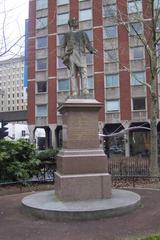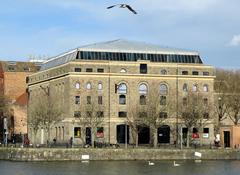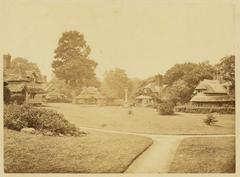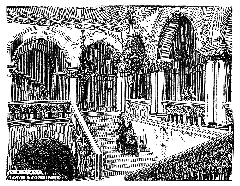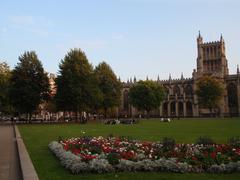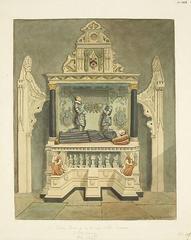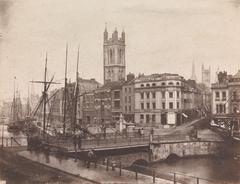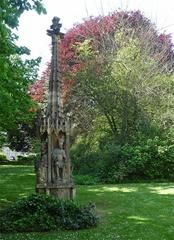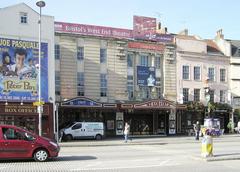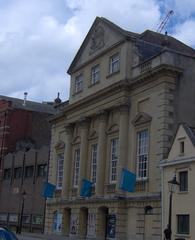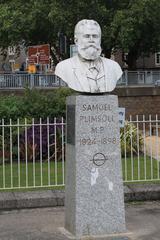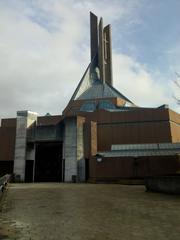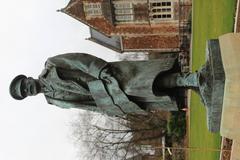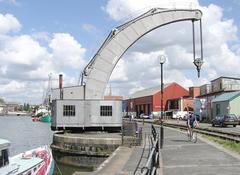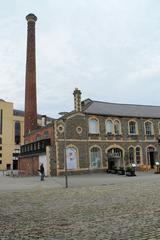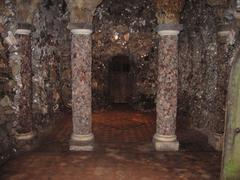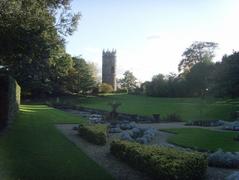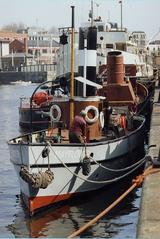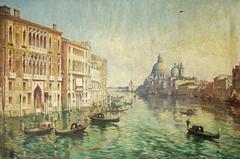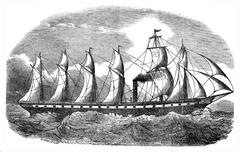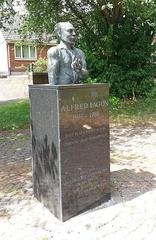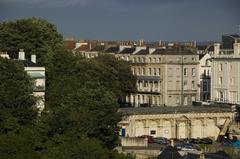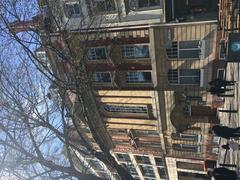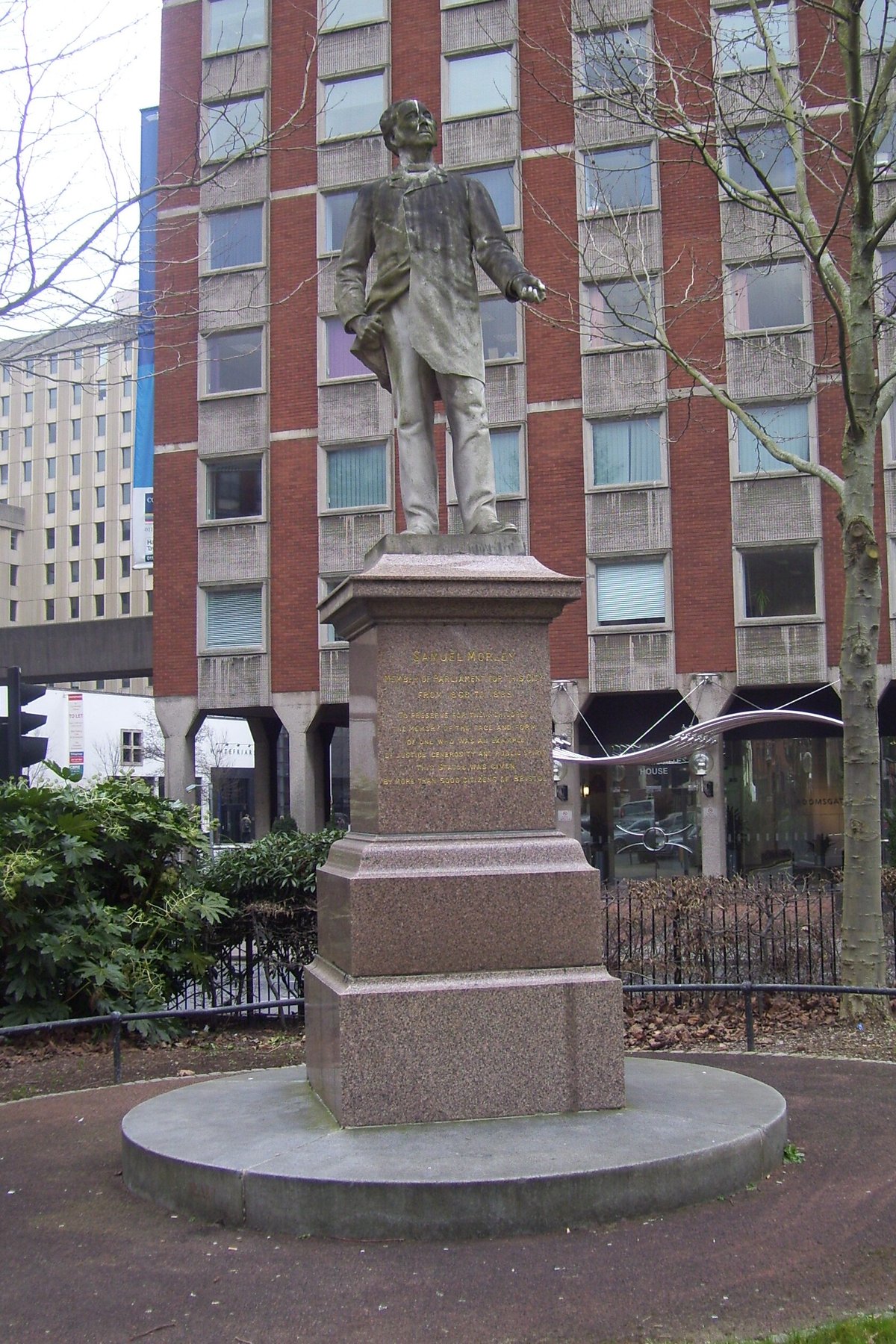
Statue of Samuel Morley, Bristol: Complete Guide to Visiting, History, and Tips
Date: 14/06/2025
Introduction
The Statue of Samuel Morley in Bristol stands as a powerful tribute to one of the city’s most influential Victorian-era figures: a pioneering industrialist, philanthropist, social reformer, and Member of Parliament. Erected in 1887, the monument honors Morley’s far-reaching contributions to Bristol’s industrial growth, his progressive business ethos, and his unwavering commitment to social justice, abolitionism, and public education. Located in a central, bustling area, the statue invites visitors to engage with Bristol’s rich civic heritage and serves as a symbol of its ongoing dedication to reform and equality.
This guide will provide you with comprehensive information: historical context, practical visitor details (including hours, accessibility, and travel tips), nearby attractions, and resources for deeper exploration. Whether you are a local resident, a history enthusiast, or a traveler exploring Bristol’s cultural landmarks, this article will help you make the most of your visit to the Samuel Morley statue.
For more detailed information, reference official sources such as Bristol City Council, Visit Bristol, and Historic England.
Samuel Morley: Life and Legacy
Samuel Morley (1809–1886) was a transformative Victorian industrialist, prominent in the textile trade as the head of I & R Morley, which became the world’s largest hosiery manufacturer in the 19th century. His business acumen fueled economic growth in both Bristol and Nottingham. Morley’s nonconformist upbringing inspired a lifelong commitment to social justice—he was an ardent abolitionist, philanthropist, and supporter of educational reform.
Morley’s political career included serving as Liberal MP for Nottingham and later for Bristol, where he advocated for the rights of the working class and championed access to education. His philanthropy had a transformative impact on Bristol, supporting schools, libraries, and charitable causes such as the Bristol Ragged School and the Mechanics’ Institute. He is also commemorated for his role in founding Morley College in London, a center for adult education.
The Bristol statue was funded by public subscription and unveiled in a ceremony attended by thousands, reflecting Morley’s immense popularity and the city’s appreciation of his contributions (Historic England).
Location and Setting
The Statue of Samuel Morley stands at the Horsefair in the busy Broadmead shopping district—one of the city’s most vibrant and accessible areas (Historic England). The bronze figure stands on a granite plinth, facing the flow of pedestrians and public transport. Its central location means you can conveniently combine your visit with shopping, dining, and exploring other nearby attractions.
Directions and Transport
- By Bus: Multiple city center routes stop at The Horsefair and Penn Street, just a short walk from the statue.
- By Train: Bristol Temple Meads station is about 20 minutes away on foot or a short bus ride.
- By Car: Several multi-storey car parks are nearby, including Cabot Circus and Broadmead. Note that parking can be limited during peak times.
- On Foot: The statue is within walking distance of major shopping, cultural, and historic sites.
Accessibility
The site is fully accessible, with level, wide pavements suitable for wheelchair users and those with mobility aids. Tactile paving assists visually impaired visitors. Accessible toilets and baby-changing facilities are available in nearby shopping centres (Cabot Circus).
Visiting Hours, Admission, and Practical Information
- Opening Hours: The statue is located outdoors and is accessible 24 hours a day, seven days a week.
- Admission: There is no entry fee or ticket required—visiting the statue is free for all.
- Safety: The area is well-patrolled and equipped with CCTV. As with any busy urban location, keep personal belongings secure and be aware of your surroundings, especially after dark.
- Nearby Amenities: Numerous cafes, restaurants, public toilets, and benches are within a five-minute walk, making the site convenient for visitors.
Artistic Features and Symbolism
Designed by sculptor James Havard Thomas and unveiled in 1887, the bronze statue stands atop a granite plinth. Morley is depicted holding a scroll, symbolizing his lasting commitment to education and reform. The plinth bears inscriptions commemorating his contributions to philanthropy and the welfare of the working class (Art UK). The statue’s dignified pose and detailed realism reflect the Victorian ideals of public service and moral virtue.
Interpretation, Educational Value, and Guided Tours
Interpretive plaques with historical information are installed near the statue. Many walking tours of Bristol’s historic sites include the Samuel Morley statue as a key stop, offering in-depth commentary on his life and impact. QR codes on signage may link to online resources, including historical photographs and educational content (Bristol Museums).
Schools and community groups often incorporate the monument into lessons on social reform, abolitionism, and Bristol’s civic history. Morley’s example continues to inspire discussions about business ethics, social responsibility, and the power of individual action.
Photography Tips
The statue’s elevated position and open surroundings make it ideal for photography at any time of day. Early mornings or late afternoons offer the best natural light, highlighting the bronze’s patina and the plinth’s inscriptions. Wide-angle shots from across The Horsefair capture both the monument and the urban backdrop. Tripods are permitted but should be used with consideration during busy periods.
Nearby Attractions
Enhance your visit by exploring these nearby sites:
- Bristol Cathedral: A short walk away, this Gothic landmark is one of the city’s architectural treasures.
- Bristol Museum & Art Gallery: Features rich collections on local history and art.
- St James Priory: Bristol’s oldest church, just five minutes on foot.
- Castle Park: A green oasis in the city center, perfect for relaxation.
- Broadmead Shopping Quarter and Cabot Circus: Offering a variety of shops, eateries, and accessible facilities.
Special Events, Community Engagement, and Anniversaries
The Samuel Morley statue serves as a focal point for community events, commemorations, and educational activities. Anniversaries—such as Morley’s birthday on October 15—may feature talks or history walks. The statue’s presence in the city center also makes it a popular meeting point and a place for reflection on Bristol’s tradition of social reform.
Preservation and Legal Status
The statue is designated as a Grade II listed monument, ensuring its protection and the preservation of its historical and artistic integrity (Historic England). Regular cleaning and conservation are overseen by Bristol City Council. Visitors are encouraged to respect the monument, refrain from climbing on the plinth, and dispose of litter responsibly.
Frequently Asked Questions (FAQ)
Q: What are the opening hours of the Samuel Morley statue?
A: The statue is accessible to the public 24/7, year-round.
Q: Is there an admission fee or ticket required?
A: No, visiting the statue is free and does not require any tickets.
Q: How do I get there using public transport?
A: The nearest bus stops are on The Horsefair and Penn Street; Bristol Temple Meads station is a 20-minute walk away.
Q: Is the statue wheelchair accessible?
A: Yes, the area is step-free and suitable for wheelchair users.
Q: Are guided tours available?
A: Many walking tours include the statue, with commentary on Morley’s legacy.
Q: Can I take photographs at the statue?
A: Yes, photography is encouraged—early morning and late afternoon offer the best lighting.
Summary Table
| Feature | Details |
|---|---|
| Location | The Horsefair, Broadmead, Bristol city center |
| Accessibility | Step-free, wheelchair accessible, open 24/7 |
| Admission | Free, no tickets required |
| Nearby Transport | Bus stops (2 min walk), Temple Meads station (20 min walk) |
| Amenities | Cafés, shops, public toilets, seating nearby |
| Guided Tours | Included in many city walking tours |
| Photography | Best in daylight; no restrictions |
| Safety | Well-trafficked, CCTV, city center security |
| Events | Occasional civic and heritage gatherings |
| Language | English inscriptions; translation apps recommended |
Visual and Interactive Resources

For interactive maps and virtual tours, consult local tourism apps or the Bristol Museums website.
Conclusion
The Statue of Samuel Morley stands as a proud symbol of Bristol’s commitment to industrial innovation, social justice, and community leadership. Its central location, free access, and proximity to key attractions make it a must-visit for anyone interested in the city’s heritage. By exploring the statue and its story, visitors gain insight into the enduring values that have shaped Bristol’s identity.
For an enhanced experience, consider participating in a guided tour or accessing digital resources such as the Audiala app. Always refer to official tourism platforms for the latest visitor information and event updates.
Call to Action
For more guides and updates on Bristol’s historical sites, download the Audiala app, follow our social media channels, and explore related resources. Plan your visit today and uncover the stories behind Bristol’s monuments!
Sources and Further Reading
- Bristol City Council
- Historic England - Samuel Morley Statue
- Visit Bristol
- Historic England - Lewins Mead
- Art UK - Samuel Morley
- Bristol Museums - Samuel Morley
- Waymarking - Samuel Morley MP
- Bristol Post - City Statues
